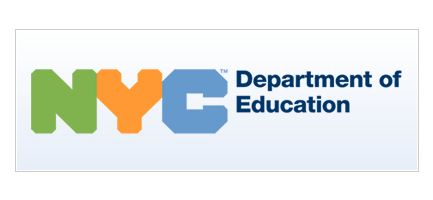Special Education Home Resources

![]()
Special Education Home Resources
The strategies and resources on this page are designed to help you create a productive, safe, and healthy learning environment at home.
Connecting School to Home
Communicate
- Encourage your child to communicate feelings and use strategies to manage them.
- Use a 5-point scale, an emotion thermometer, or an emotions sign to help your child identify and communicate feelings.
- Create a space in your house for your child to calm down when feeling angry, sad, frustrated, or overwhelmed.
Create a Schedule
- Just as adults use calendars, grocery lists, and “to-do” lists to enhance memory, children benefit from visual reminders. Create a schedule to use at home, so your child knows what to expect each day. The schedule can showcase the flow of the day and include remote learning, chores, physical activity, indoor and outdoor play, rest, and mealtimes.
- Learn how to create a schedule with the Parent Training: Using Schedules video(Open external link), create a schedule online(Open external link), view sample daily schedules(Open external link) created for different age levels, or make your own by hand or on the computer. Children can help make the schedule by drawing pictures, determining which activities should be included, and the sequence of events. Older children can make their own schedule with or without your assistance depending on their level of independence.
- Prepare your child for transitions or changes in schedule ahead of time so s/he isn’t surprised.
- Use timers to help your child understand the schedule and transition to new activities.
Set Up a Space
- Create a quiet, comfortable space for your child to do schoolwork
Offer Choices
- Offering your child choices can help give them a sense of control and reduce power struggles.
- For example, if you want your child to clean their room you can give them a choice of what to put away first and provide them with praise or a reward for completing the task.
Family Training Videos
- Using Schedules(Open external link) - Visual Schedules help both parents and children. Picture, word, or object schedules keep children focused and help reduce problem behavior. This video will show you how!
- Transitioning from Play to Work(Open external link) -Transitioning from playing to eating to using the iPad can trigger outbursts. This video will give you practical, and proven, strategies to manage transitions and keep your child on a schedule.
FOR MORE RESOURCES VISIT THE DOE WEBSITE







